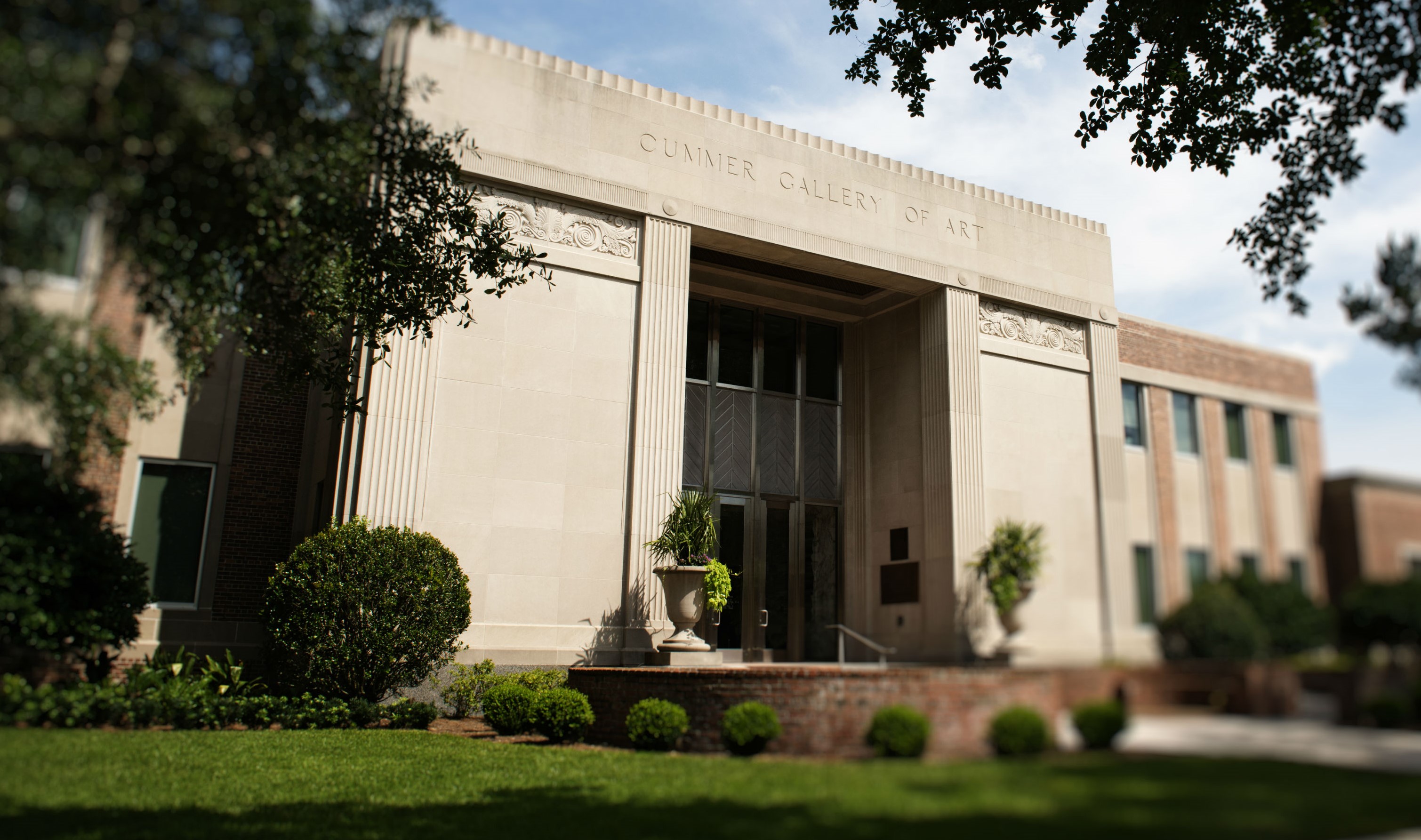Oct 12 2018 - Apr 7 2019
Cummer Museum of Art & Gardens
Jacksonville, FL
Featuring nearly 50 works of art, including sculptures, paintings, and works on paper, this exhibition will be the first to reassess Harlem Renaissance artist Augusta Savage’s contributions to art and cultural history in light of 21st-century attention to the concept of the artist-activist.
A gifted sculptor, Savage (1892 - 1962) was born in Green Cove Springs and later became a significant teacher, leader, and catalyst for change. Overcoming poverty, racism, and sexual discrimination, Savage became one of this country’s most influential artists of the 20th century, playing an instrumental role in the development of some of the most celebrated African American artists, including William Artis, Romare Bearden, Gwendolyn Bennett, Robert Blackburn, Gwendolyn Knight, Jacob Lawrence, and Norman Lewis, whose works are also included in the exhibition. A prodigious and highly acclaimed artist in her own right, she created works that elevated images of black culture into mainstream America. A central figure in the Harlem Renaissance, she worked with other leaders, writers, musicians, and artists to showcase the contributions of African American culture. As a community organizer and teacher, Savage created a bridge between the first generation of Harlem Renaissance artists and subsequent generations of artists.
This exhibition highlights the artistic, social, and historic impact of Savage who, despite how she transformed the artistic landscape, is deserving of greater national appreciation. Today, Savage is best know for The Harp, her commissioned sculpture for the 1939 World’s Fair, and is recognized in African American community as an educator and an important community leader. However, Savage’s artistic skill was widely acclaimed nationally and internationally during her lifetime, and a further examination of her artistic legacy is long overdue. This exhibition will introduce Savage as a pioneering artist and community organizer who helped shape artistic movements that changed the way artists represent the Black figure, using art as a form of activism. This exhibition has received support from the National Endowment for the Arts and the Sotheby’s Prize.
redit: Exhibition overview from museum website
Image: Augusta Savage, Portrait of John Henry, c. 1940, patinated plaster, 6 5/8 x 3 ½ x 4 ¾ inches. Museum of Fine Arts, Boston, The John Axelrod Collection—Frank B. Bemis Fund, Charles H. Bayley Fund, and The Heritage Fund for a Diverse Collection, 2011.1813.
Whether or not you go, the companion catalog, Augusta Savage: Renaissance Woman, features fifty works by Savage, and those she mentored or influenced, as well as correspondence and period photographs. The most up-to-date scholarly research reexamines Savage’s place in the history of American sculpture and positions her as a leading figure who broke down the barriers she and her students encountered while seeking to participate fully in the art world. This is a timely, visual, exploration of the fascinating life and lasting legacy of sculptor Augusta Savage (1892-1962), who overcame poverty, racism, and sexual discrimination to become one of America's most influential twentieth-century artists. Her story is one of community-building, activism, and art education.
Select Augusta Savage: Renaissance Woman to learn more, or to place this book in your Amazon shopping cart. Your Amazon purchase through this link generates a small commission that will help to fund the ArtGeek.art search engine.


